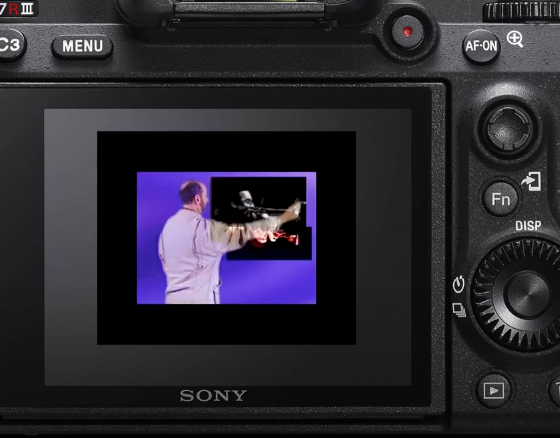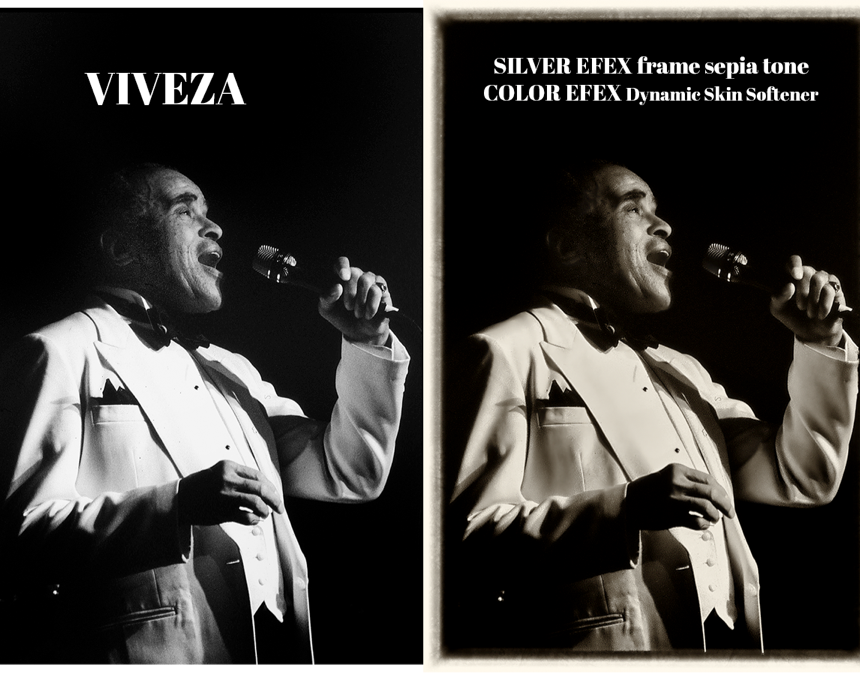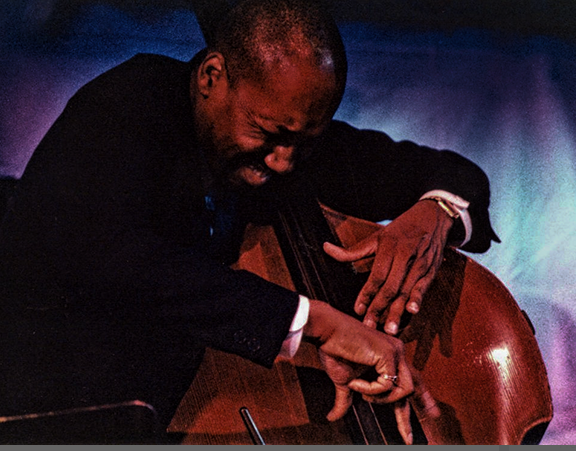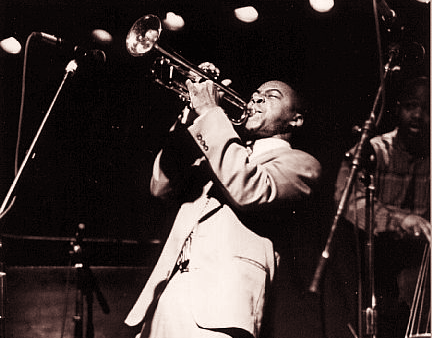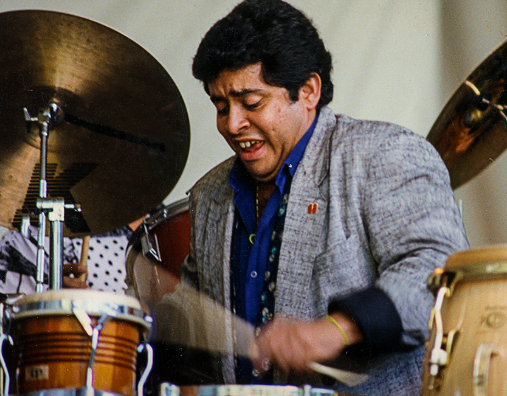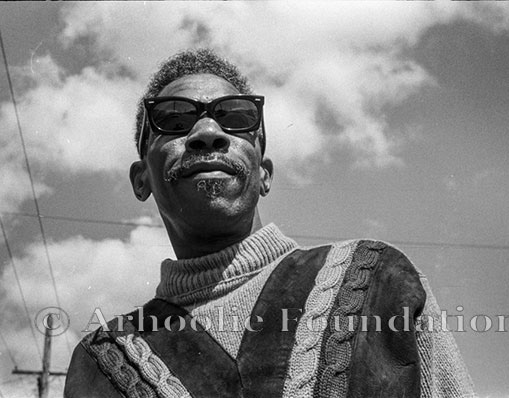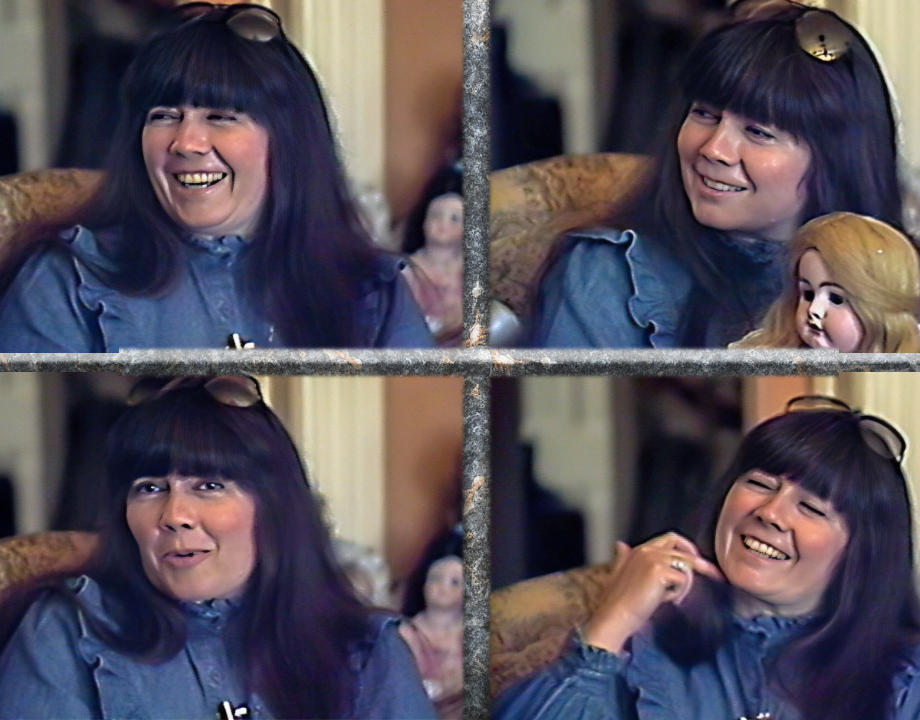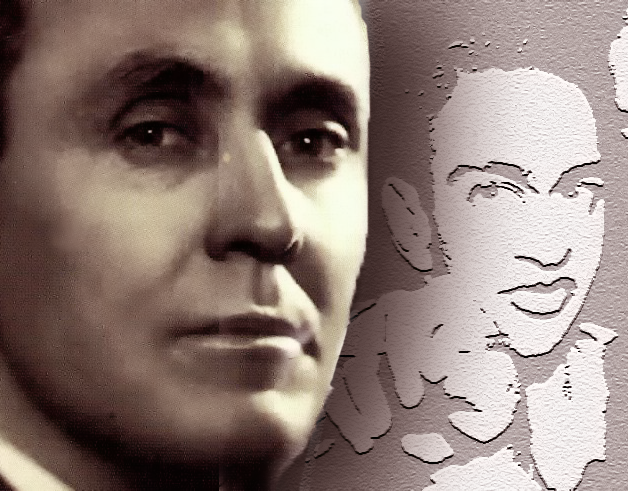Porcelain War-The Triumph of Art Over War
Click here to view trailer and read article/interview
Article excerpt-Porcelain War, Oscar nominated winner of The Sundance Grand Jury Prize, is not about the art of war but a triumph of art over war, a testament to the power of creativity and community in the face of unimaginable adversity. Co-directed by Slava Leontyev, an artist-turned-soldier, and Brendan Bellomo, the film captures the lives of ordinary Ukrainians—artists, teachers, farmers, and IT professionals—who have taken up arms not only to defend their homeland but also to preserve their artistic and cultural legacy in the face of Russia’s relentless invasion bent on its “erasure”.
Music by John Williams
To appreciate William's impact upon the movies he scored, Steven Spielberg said, "look at a scenes like the Flying Theme From E.T. or the last scenes from Saving Private Ryan or Schindler’s List without the music to truly understand Williams’ impact on the movie."
Many of Williams collaborators come forth with the hidden backstory to his most storied creations. A prime example of this is the iconic score for Jaws, where Spielberg’s malfunctioning mechanical sharks nearly sank the over-budget production.
When Steven Spielberg first approached John Williams about the music, he played a temp track using Williams’ own dark, abstract score from Robert Altman’s movie Images (one of Altman’s favorites), during a scene where they are chasing after the shark. Thomas Newman (Shawshank Redemption), points out that the more composers are guided towards a “temp track” the more “creative doors start to close.” Williams’ thankfully held true to his own vision of the movie as more of a swashbuckling adventure. Then pairing the orchestral score with a two note haunting “bah bump” motif, with the actors’ terrified reactions, made you feel the shark, even when you couldn’t see it, turning mechanical failure into pure terror. Truly a case of “absence makes the heart beat faster.”
Victims of Indian residential schools bravely confront generations of systematic abuse and recover from trauma by sharing stories and celebrating the resilience of their culture
Article excerpt-In 2021, the discovery of unmarked graves at a Catholic-run Indian residential school in Canada unearthed long-suppressed truths about the forced separation, assimilation, and abuse inflicted on Indigenous children in these institutions. The revelation ignited national reckoning with a system designed to erase Indigenous cultures. This “solution” initiated to deal with “the Indian problem” dates from 1831 when the first Canadian Indian residential school was opened, a practice that saw over 150,000 children placed in 139 schools. The first Native American U.S. Secretary of The Interior Deb Haaland spearheaded an investigation of over 400 residential schools in the U.S. where the practice was even more commonplace.
Sugarcane, co-directed by Julian Brave NoiseCat and Emily Kassie, is at once cinematic and intimate, documenting victims of the residential schools uncovering abuse and recovering from its trauma. In the award winning film, we see survivors drawing strength from the Williams Lake First Nation’s heritage through ceremony, the sharing of stories and community
Click here to view trailer and read article/interview
ELTON JOHN: NEVER TOO LATE
ELTON JOHN: NEVER TOO LATE - Elton takes a moment to enjoy his final concert tour performance at Dodger Stadium on November 20, 2022. (This Machine)
A cornerstone to John’s career and the movie, is the famous little brown envelope where Elton John first glimpsed Bernie Taupin’s lyrics. Serendipity saw a young Reginald Dwight (Elton John’s given name) and Bernie Taupin both answering an ad in the British paper New Musical Express. Ray Williams, the A&R manager for Liberty Records who’d placed the ad, paired the duo as a singer/songwriter team, providing Elton the envelope containing Taupin’s lyrics.“When I first got Bernie’s lyrics from Liberty Records, I read them on a train, and as soon as I got home, I started writing songs to his lyrics,” John explained. “He wrote brilliantly, and I responded to his songs. Bernie was a storyteller — his songs told stories, and they conjured up visions in my mind. It’s ridiculous how good his songs were for someone so young. I’ve thought about it so many times: Why was that given to me? And I believe totally that it was just meant to be.” In the movie Elton John then goes on to illustrate how he transformed Taupin’s lyrics of Tiny Dancer into an eventual hit song with a facility that, as a songwriter, is hard for me to comprehend.
3 out of 4 children in the Pelletier family are diagnosed with a condition that will rob them of their vision. The parents are told by a therapist to fill their fading visual memory with pictures from books. Instead they give their children the license to create a bucket list of all the places or things they wish to do and the couple sets out to create a once in a lifetime journey which will span the globe from Mongolia to The Amazon Rain Forest. The movie forces us to rethink our assumptions of blindness and tragedy, so we do not force them onto children who may see this as journeying into a different world that has its own new adventures.
Hollywoodgate-Click here to read full article
Article excerpt---In Hollywoodgate the viewer is given a truly chilling close up view as the Taliban enter and inventory a $7 billion cache of abandoned U.S. military equipment at the largest base in Kabul. The process of filming Hollywoodgate was indeed a “profile in courage” for Nash’at who faced frequent threats to his life if he didn’t portray The Taliban in a favorable light. Early on a soldier can be heard saying, “That little devil is filming us”. Then as a warning, Monsour comments loud enough for Nash’at to hear, “If his intentions are bad, he will die soon.” The Taliban viewed the film as a “Hollywoodish” rehabilitation of their image, a strategic move to secure a place at the global table alongside other world powers.
In 1967, a year after photographer, activist, and essayist Ernest Cole fled South Africa, he published House of Bondage, a groundbreaking photo book that many consider one of the most significant of the 20th century. The first to expose the brutal realities of apartheid, featured images Cole risked his life for. He shot them with a camera hidden in a paper bag to thwart the ever present “Pass Police”, who would stop people on the streets, at railway stations, in homes, and at work to check their passes.


